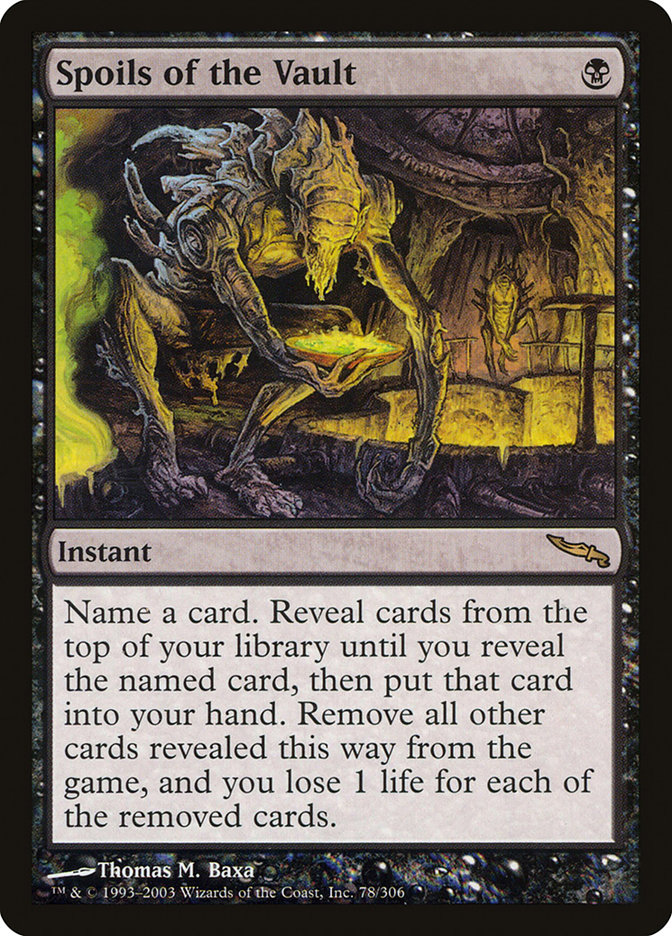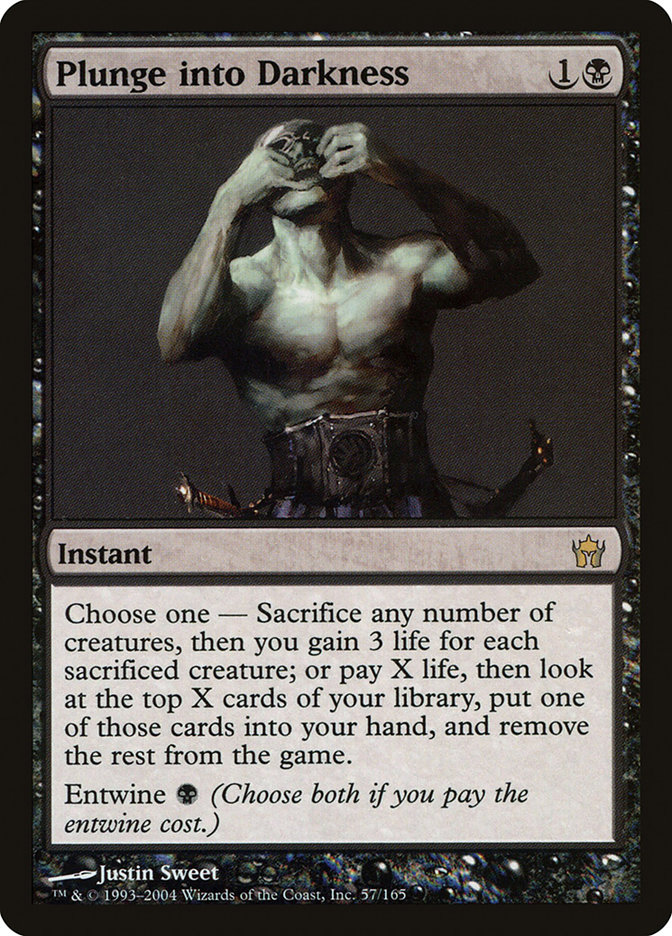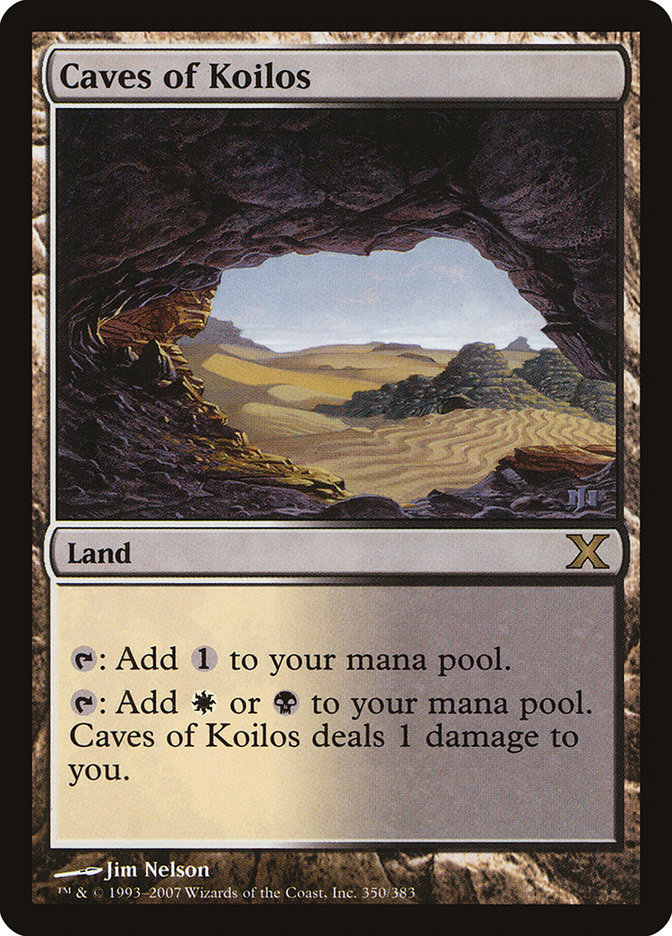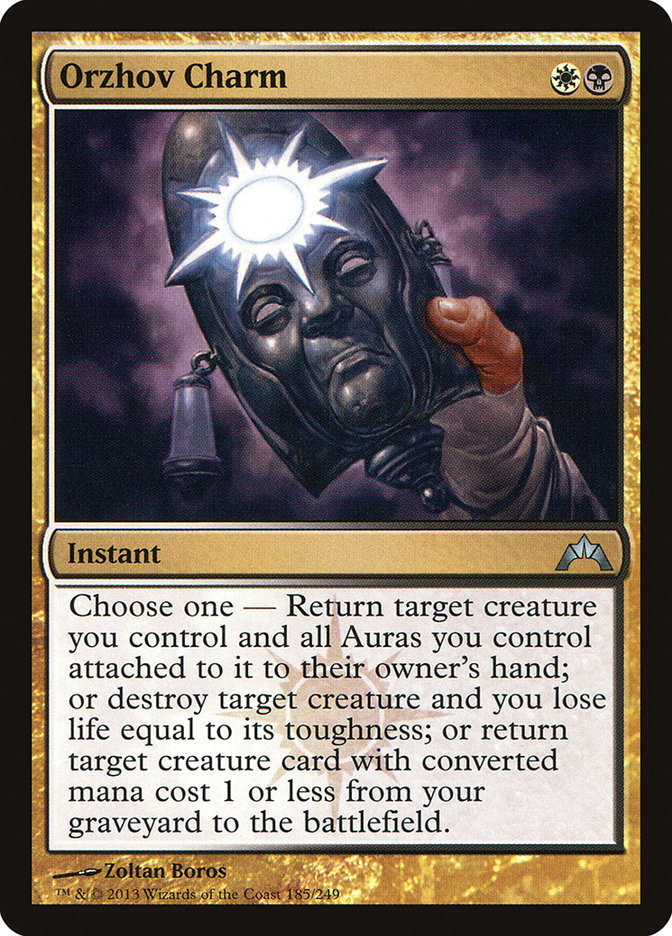I mentioned last week that I tend to troll the Daily Event decklists for sweet ones, and this week’s find certainly qualifies. Let’s start by looking at the decklist!
Creatures (9)
Lands (21)
Spells (30)

Kahleya took the above deck to 4-0 in a Modern Daily on Magic Online, which immediately caught my eye. The pilot might be better known to some of you as Stealthpants, a Magic Online streamer. My own audience informed me that he’d been streaming the deck for a while now, so credit him with all the kudos for such an inventive 60!
That said, I knew a few things felt off. For one, the Path to Exiles really stuck out to me. This deck played like a combo deck that was capable of being a weird aggro deck and racing—investing time and mana into slowing the opponent’s offense seemed like a worthwhile goal in a scant handful of matches. Even tough opponents, like Melira Pod and Affinity, have experienced a lot of success while fighting through Path to Exile in today’s Modern environment. Why would the removal spell prove itself any better against them in this deck? Trying to combo faster and better just seems like a more profitable use of those slots and suits the combo-aggro hybrid much better.
Take a look at the much-maligned Elemental Combo deck from Modern formats past and you’ll see the concept I think we’d much rather mimic.
Creatures (10)
Lands (17)
Spells (33)

After a few test games, my feelings about Path to Exile were confirmed. I knew I wanted one to tutor for, just like the Slaughter Pact, but more than that in the maindeck just didn’t seem necessary. Avatar of Hope was a surprisingly good card in my first few matches, and Rite of Consumption was just a little too narrow. I would tutor for it in a tight spot and nab the opponent, but drawing it in games where I couldn’t immediately generate that kind of position just left me down a card while I was setting up. I decided I wanted to go down to one copy there as well.
Amusingly enough, I wound up dying on my own stream when I Plunged away the only Rite because virtually all of my Graces were in the Plunge, but those are the sort of lumps you take. I’d much rather miss the Rite on a few rare occasions where I need it than constantly draw a brick.
Creatures (11)
Lands (21)
Spells (28)
- 4 Plunge into Darkness
- 4 Spoils of the Vault
- 4 Angel's Grace
- 1 Slaughter Pact
- 2 Thoughtseize
- 1 Rite of Consumption
- 1 Path to Exile
- 4 Inquisition of Kozilek
- 3 Leyline of Sanctity
- 4 Faith's Shield
Sideboard

It might seem counterintuitive to hedge on Inquisition over Thoughtseize, but you need the life for other cards and really want it when you know you won’t be under too much pressure . . . or just don’t care. I haven’t invested much effort into updating the sideboard because I don’t have the games under my belt to really assert any sense of expertise there. In general, it seems fine.
I’ll go over some of the interactions for the sake of completeness. Obviously, this deck utilizes a number of cards that improve as your life total gets lower in conjunction with cards that allow you to lower your life total for gain. Of course, there’s a delicate balance—a bunch of cards that cost life to play will leave you easy prey if you’re not mustering a big threat to put your opponent on the defensive.
Conveniently enough, several of these cards are tutors! You’ll most often be using Spoils or Plunge to find a Death’s Shadow or the spell you need to make a Death’s Shadow lethal. The synergy behind instants that find the Shadow costing life can’t really be understated.
The interaction between Angel’s Grace and Spoils of the Vault is less than obvious. Clearly, you can cast Angel’s Grace in order to Spoils for any card and avoid losing the game immediately—but you will still be at a negative life total and dead on the following upkeep, barring herculean efforts from a Rite of Consumption. However, a number of viable options exist to make this build your own Demonic Tutor a game-winning play thanks to Death’s Shadow.
The lower your life, the bigger Death’s Shadow gets—and that includes a number below zero. By casting Spoils for Black Lotus and flipping your deck into exile, you can grow Death’s Shadow well into the 40s, creating a lethal attack if the opponent is defenseless. If they aren’t, tutoring up Faith’s Shield or Rite of Consumption will often get the job done.
Don’t be afraid to Spoils without an Angel’s Grace! Crunch a few numbers if you’re low on life, but many lost games can be turned into wins by a timely or lucky Spoils and forced mulligans are a tough disadvantage. Don’t be a lunatic, but also don’t avoid the card entirely.
The major thresholds are three and five life; at five life, your Faith’s Shield becomes a pseudo Angel’s Grace that can protect you from attacks in addition to providing a pseudo Falter effect that will let large Death’s Shadows swing through unimpeded. At three life, you can cast Avatar of Hope. The Avatar has been a surprising star for me—many Modern decks are ill equipped to attack through a 4/9 flying creature, especially when you can back it up with a protective Faith’s Shield. Stay aware of potential Grove of the Burnwillows your opponent could use—once they’re wise to your tricks, they’ll easily identify these thresholds as well.
Conveniently, each of these life totals still allows you to use Spellskite at least once! That winds up mattering a lot, as losing one of your big guns is a heavy blow to your likely win percentage. It’s hard enough to get one of these creatures in play at a relevant size—if all that work walks off into exile or meets a Terminate, it’s going to usually leave you very vulnerable.
Keep in mind that Spellskite can also be used to just lose two life in a variety of niche situations. For example, this board state wound up with the opponent dead in my post-combat main phase:
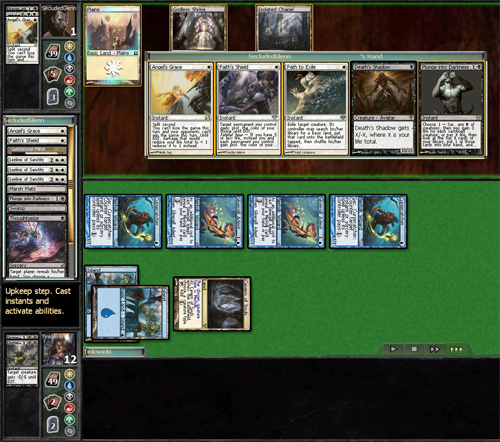
The reason that these thresholds are important is Plunge Into Darkness. Plunge will often allow you to "set" your life total to the right one. You can easily lose a game because your turn 2 Plunge left you at eight instead of five or three or one depending on the scenario—or because you should’ve gone to twelve! It’s tough to map out how the game’s early turns will go on so little information. You can fudge these errors a little bit thanks to Spellskite and shocklands, but in general you want to make sure that you think carefully about how much to Plunge for.
Little known fact about Plunge Into Darkness: the art was originally commissioned for a film production studio poster but wound up getting replaced when some major stars were cast in the leading roles.
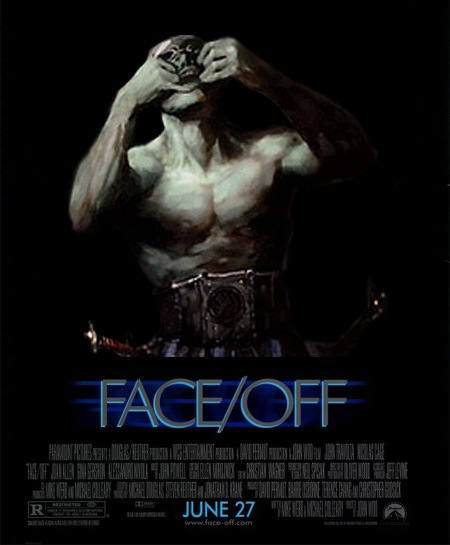
Yeah, my Star Trek sequel joke just wasn’t working out.
Those maindeck Leyline of Sanctity may look wonky, but they’ve been strong. Obviously any deck planning to go to three life on the regular should be looking for solutions to "Lightning Bolt, targeting you," but it actually goes deeper than that. The deck relies so heavily on synergy that it can’t mulligan much, and while your discard spells can leave opponents topdecking . . . their deck has better cards than yours! By the same token, a couple Thoughtseizes on your hand early can easily leave you in a bad spot. If you’re both stuck peeling, they’ll often get there first because their deck has more ways to deliver them from that kind of position.
Turning off Liliana of the Veil is also pretty handy, as the deck can’t invest many creatures into nullifying her edict.
I played around twenty matches with the deck and liked my changes. It’s a blast to play, although as reanimator420 suggested during my stream: "This deck is hilarious in that it is super difficult to play yet still random and not nearly good or powerful enough to justify the level of play required to pilot it."
That’s not untrue; you feel pretty awesome for putting a win together, but many losses are comically lopsided.
Of course, the tradeoff is you get to play games like this one!
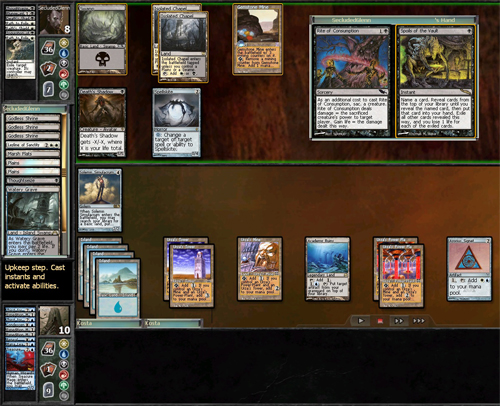
Moving forward, I’m sure this deck will be one I take out for a spin from time to time. It’s a great deck if you love puzzles, and I’m already thinking of potential additions. Here are a few:
The deck’s mana isn’t great, and you can really use all the dual lands you can get. The fact that Caves can actually deal you damage to help along a Death’s Shadow or Avatar of Hope isn’t irrelevant—it’s at its most important against Grove of the Burnwillows, which I’ve mentioned can be awkward.
That said, I wouldn’t overdo it on Caves. You need some fetchable basics, which it fights for slots with, and games where you’re Plunging you’ll want the extra life.
I initially thought one of these might be worth it in order to let Death’s Shadow slide through artifact blockers, but the uptick in Mutavault has made me less excited about moving in on this card.
It’s a very bad version of Faith’s Shield (obviously), but additional copies of that card could very easily be worth it under the right circumstances.
This deck’s mana curve reflects—even requires—a Legacy approach. It’s tight on lands and lacks a card advantage-creating fixer to keep screw and flood at bay, so that means you pack the deck tight with very cheap spells. If you’re both stuck peeling, they’ll often get there first.
Orzhov Charm isn’t efficient, but the truth of the matter is that Vendetta that can also be an Unearth is just versatile enough to make Orzhov Charm an interesting choice. It’s especially useful against Liliana of the Veil, Maelstrom Pulse, and Terminate—basically any card that kills a Death’s Shadow without exiling it. If you expect to see a lot of Jund-like decks, then one or two Orzhov Charms could very easily be worth your while.

